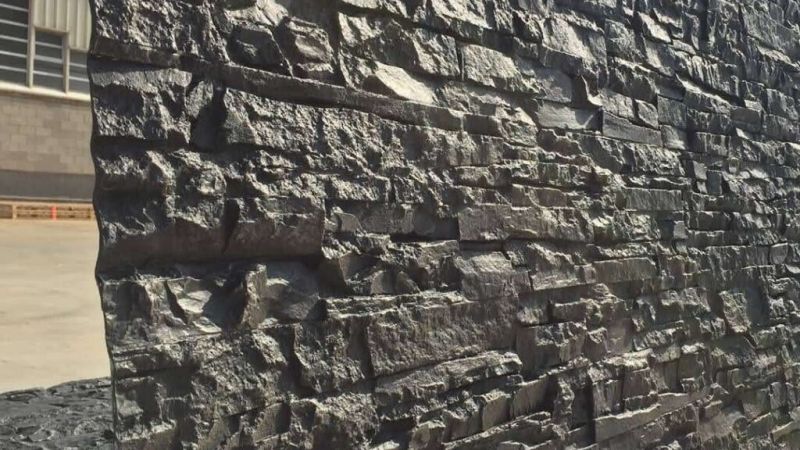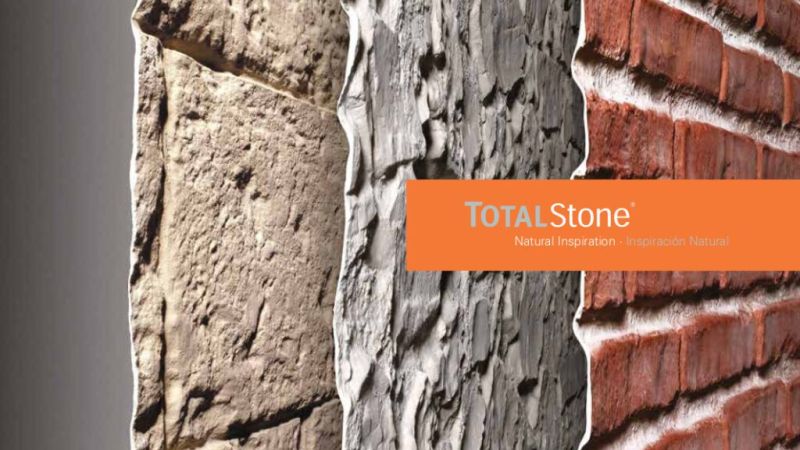What is a composite?
Composites are materials made by combining two or more elements, natural or artificial, that are stronger as a whole than individually.
Particularly designed to provide more strength, efficiency or durability.
Resins
The main functions of the resin are to transfer stress between the reinforcing fibers, act as an adhesive to hold the fibers together, and protect the fibers from mechanical and environmental damage.
There are two main groups: Thermosetting and Thermoplastic.
Thermostable resins
They are used to make most composites. They transform from a liquid to a solid through a process called polymerization. Thermosetting resins ‘cure’ through the use of a catalyst, heat, or a combination of both. Once cured, these resins cannot be reverted to their original liquid form.
Polyester
Unsaturated polyester resins (UPR) account for approximately 75% of the total resin used in the industry. Polyesters are versatile due to their ability to be modified or adapted during the polymer chain construction. Their main advantages include a balance of properties (mechanical, chemical, and electrical), dimensional stability, cost-effectiveness, and ease of handling or processing.
Poliyuretan
It is a family of polymers based on the exothermic reaction of an organic polyisocyanate with a polyol (alcohol).
They are used as coatings, elastomers, foams, or adhesives. There are many polyurethane foam formulations to optimize insulation density, sandwich panels, and more.
Polyester resin curing
Resins must be cured in a way that is compatible with the manufacturing process.
The physical properties of a finished part are greatly influenced by its curing process. The hardness of the laminate is affected by the curing process, as well as the chemical resistance of the laminate surface. Flexural, compressive, and tensile properties are partially determined by the curing efficiency.
Reinforcements
Many materials are capable of reinforcing polymers. Some materials, such as cellulose in wood, are natural products. Various types of fibers are used as reinforcement in composite laminated materials, with glass fibers accounting for more than 90 percent of the fibers used in reinforced plastics.
Fibers
Glass fibers
Produced glass fibers are considered the predominant reinforcements for polymer matrix composite materials. Glass is generally a good impact-resistant fiber. It has excellent mechanical properties and can be stronger than steel in certain forms.
Carbon fibers
Carbon fibers offer the highest strength and stiffness of all reinforcing fibers. Their high-temperature performance is particularly exceptional. The main drawback of PAN-based fibers is their relatively high cost.
New fibers
Recently, thermoplastic polyester and nylon fibers have been introduced as primary reinforcements and in a hybrid arrangement with glass fiber. They offer low density, reasonable cost, good impact resistance, and fatigue resistance.
Surface Finishes
Primarily used for UV protection, corrosion resistance, and aesthetics, surface finishes can be molded during the process or applied as secondary coatings.
FRP composites can accept a wide range of surface finishes, including gel coatings, adhesives, polyurethanes, polyesters, acrylics, epoxies, and, in some cases, fine sand for additional protection
Benefits of Composites
Pound for pound, composites are stronger than other materials such as steel. The fibers carry the load, while the resin distributes the weight across the composite part as needed.
Considering that the densest materials are among the strongest, it’s no surprise that composites are the material of choice for everything from airplanes to automobiles.
By combining specific resins and reinforcements—and a variety of them—you can customize the formulation to meet specific strength requirements. You can adjust the resin-to-reinforcement ratio or orient the fibers in one or multiple directions.
Composites are anisotropic, meaning their material properties vary depending on the location and number of reinforcement layers.
Products made from composite materials provide long-term resistance to harsh chemical and high-temperature environments. They are often the preferred choice for outdoor exposure, chemical handling applications, and other demanding conditions.
Composites do not rust or corrode. There are many examples of fiberglass-reinforced polymer (FRP) ducts that have been in continuous service in chemical manufacturing plants for over 25 years, operating 24/7.
Composites offer corrosion-resistant solutions for a wide range of industries, including those involving water-related applications such as pipelines and storage tanks.
The level of corrosion resistance is determined by the choice of resin and reinforcement used. Properly designed and applied composites have a long service life with minimal maintenance requirements.
Because composites are a combination of reinforcing fibers, resin, and additives, they can be manufactured to meet a wide range of specific requirements.
One of the greatest benefits of composites is their ability to be molded into complex shapes more easily than most other materials.
Contours and intricate designs are possible without the need for high-pressure tooling because composites take shape as the resin cures and solidifies during production.
Recreational boats have long been built with FRP (Fiber-Reinforced Polymer) because it enhances boat design and reduces costs.
Composite surfaces can be molded to replicate almost any finish or texture, from smooth and glossy to rough and textured, offering both functional and aesthetic advantages.
Composite structures have an exceptionally long lifespan. When combined with their low maintenance requirements, composites become the material of choice for a wide range of applications.
How Long Do Composites Last?
There is no definitive answer. Many of the original composite structures put into service over 50 years ago are still in use today, showing no signs of reaching the end of their lifecycle.
Composites resist fatigue and are highly durable against environmental factors such as:
- UV exposure
- Temperature fluctuations
- Humidity
- Chemical exposure
Their exceptional resistance to wear and environmental stressors makes composites an ideal material for long-term applications in industries such as aerospace, marine, automotive, and infrastructure.
- Composites are lighter than steel: Depending on the formulation, composites can be up to 70% lighter than steel, making them ideal for applications where weight reduction is crucial.
- Composites are incredibly strong: They can be customized to enhance strength. In contrast, increasing steel’s strength requires adding more metal, which also adds significant weight.
- Composites are corrosion-resistant: Unlike steel, which rusts easily unless protected or zinc-coated, composites withstand harsh weather conditions and chemical exposure without corroding.
- Composites are non-conductive: Unlike steel, which conducts electricity, composites act as superior insulators and do not respond to an electric field, making them ideal for applications requiring electrical insulation.
- Composites are non-porous: This makes them more hygienic than granite, as they do not absorb moisture or bacteria. They can also withstand disinfectants without damage, unlike granite.
- Composites are easy to maintain: They do not require sealing or special cleaning products. In contrast, granite is porous and must be sealed annually to prevent staining.
- Composites are cost-effective: Granite sinks routinely cost over 10 times more than composite sinks. Granite requires professional installation, while composites can often be installed DIY.
- Composites offer unlimited design possibilities: They can be molded into any shape and customized in any color. Granite, on the other hand, must be carefully selected, matched, and cut, and comes in a limited range of colors.
- Composites are heat-resistant: They maintain their structural integrity even when exposed to high temperatures, whereas granite surfaces cannot absorb heat efficiently.



